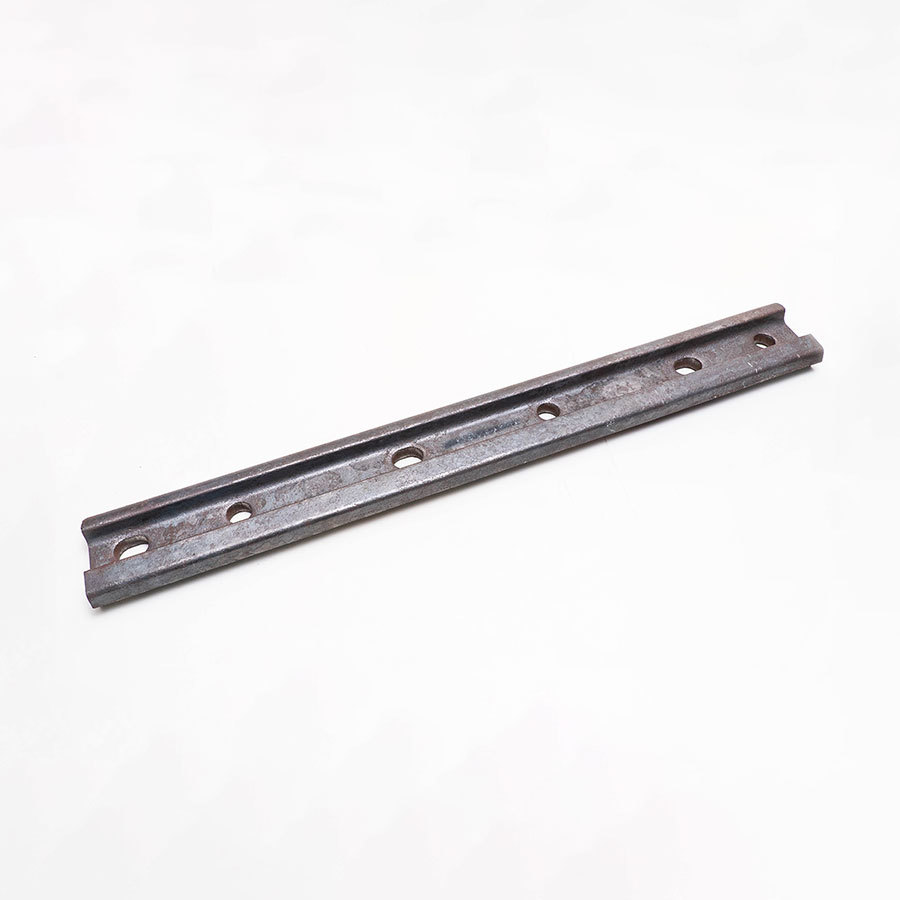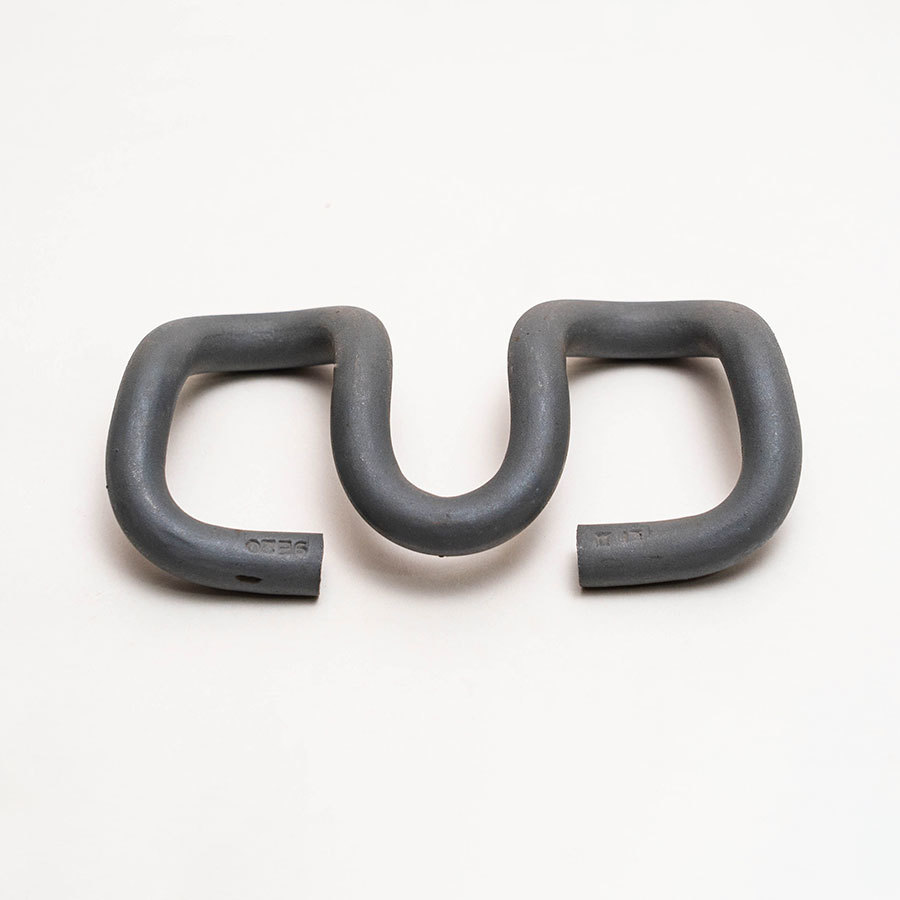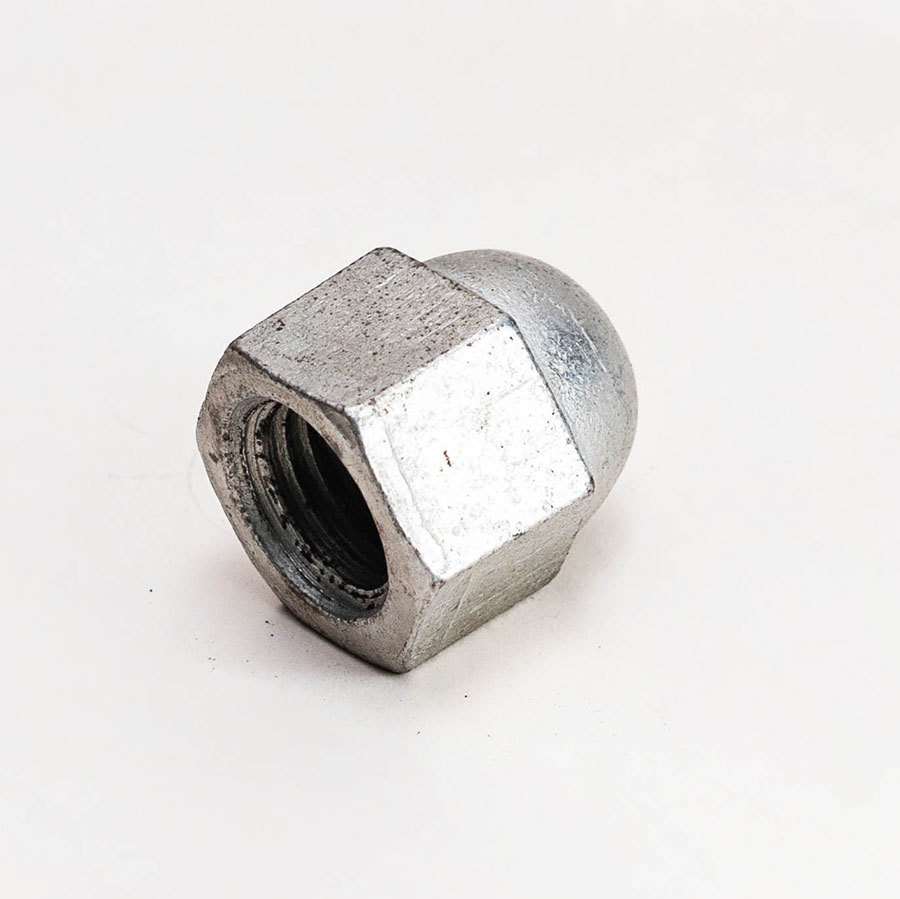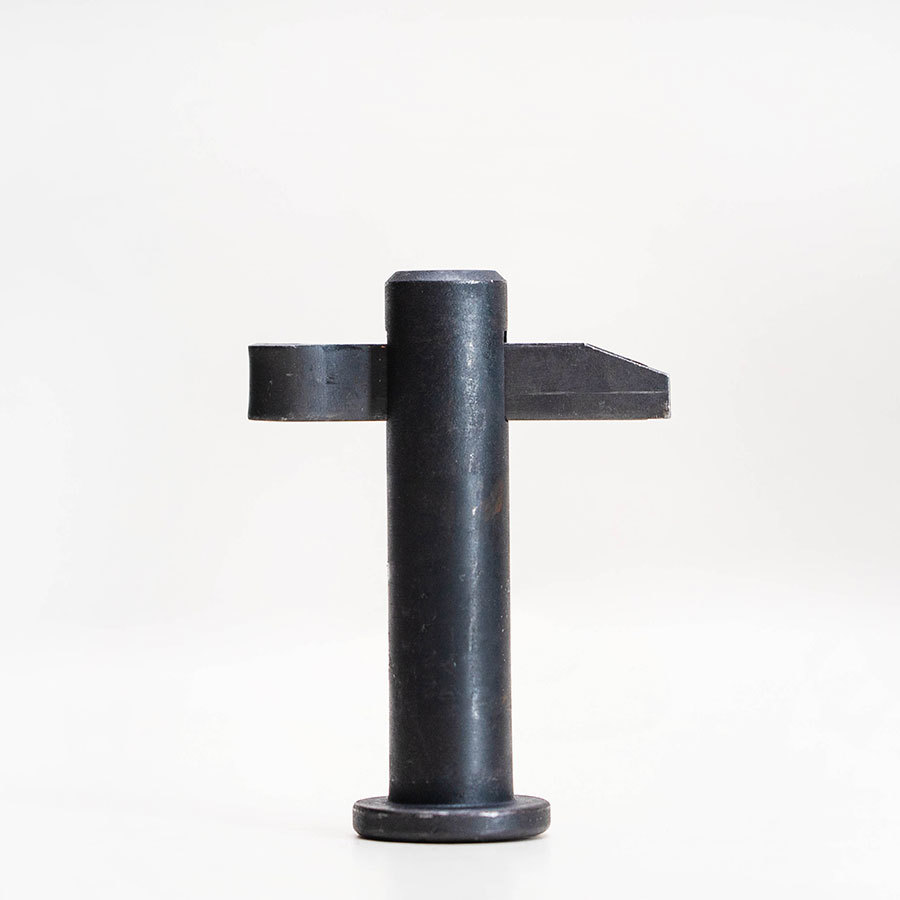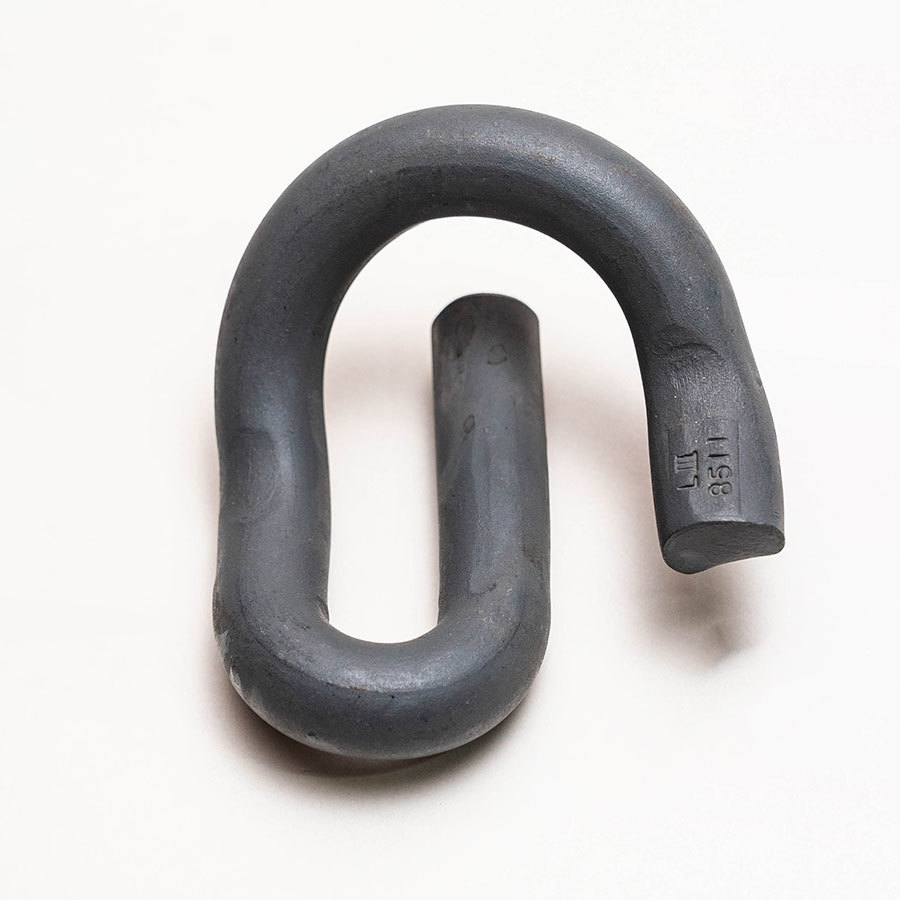
Type WJ-8 Rail Fastening System is a ballastless track fastener system developed to meet the technical requirements of the passenger dedicated line fastener system and to adapt to the laying of the existing shoulder-free ballastless track in Germany.
Rail fastening system parts
A resilient rail fastening has its own features, such as, the spring/ rail clip holding the rail to the railroad sleeper, the rail shoulder/ rail anchor holding the clip, an rail insulator and a rail pad separating the steel rail from the railroad sleeper. As for the four features, there are strict criteria stipulated to ensure the fastening effect.
1. Rail clamping force
Rail clip or rail clamp are essentail parts of rail fastening system. Clamping forces may vary with the fastening system and customer requirements. Generally, most fastening systems offer a clamping force per clip between 7.5 to 12.5 kN with deflections of the clips toe between 10 and 15mm. According to European standards, the minimum force to push the rail through the fastening system of 7kN is for most main line tracks and 9 kN for high speed rail and heavy freight lines, which suggests that a nominal clamping force per clip of 8.5kN at minimal for mixed traffic line and 10 kN for the more severe applications.
2. Shoulder/ anchor
The rail shoulder/ rail anchor has a very important role in fastening system. The rail shoulder/ rail anchor has to be able to withstand the impact of loads and vibration transmitted to the sleeper without breaking the sleeper or getting loose. The European standard requires that all the elements of fastening should be capable to withstand a 60kN pullout force with doing no harm to the sleeper.
3. Insulator
Rail insulator in rail fastening system works as a cushion to stop the wearing of other fastening components. And then the insulator must be made of materials resistant to wear, to degrade from ultra violet light and to attack from chemicals. The requirements on insulators vary with the nature of the signaling and electrical systems.
4. Rail pads
The function of rail pads is to spread the load from the rail to the railroad sleeper and to attenuate the loads impact from bad joints, track irregularities and faults in rolling stock. The railroad pad is usually made of rubber, of 10 mm thick, or is a plastic such as EVA between 5 mm and 10 mm thick. The stiffness of the pad is typically in the rang 40-450 kN/mm, and the 5 mm plastic pad can offer stiffness as high up to 6000 kN/mm. Low stiffness railroad pads are not recommended for use in curves sharper than about 400m radius.
A rail fastening system, also known as rail fastening, rail fastener, railway fastening system, it is used to fix rails to railway sleeper or railroad ties, which is usually consisted of rail clips, rail anchors, railroad tie plates, chairs, fasteners, dog spikes, screw spikes, track bolts, etc. The selection of a fastening system must be made with utmost care for rail road safety can’t be compromised.
How to install WJ-8 rail fastening system?

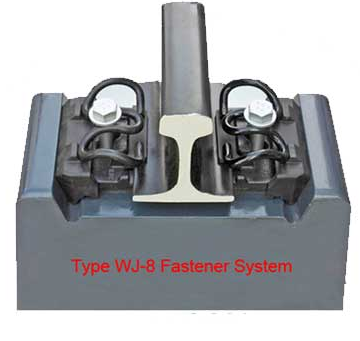
Tag:

Type Wj-8 Fastening System
Contact
Classification
Product Inquiry
* Note: Please be sure to fill in the information accurately and keep the communication unblocked, we will get in touch with you as soon as possible


